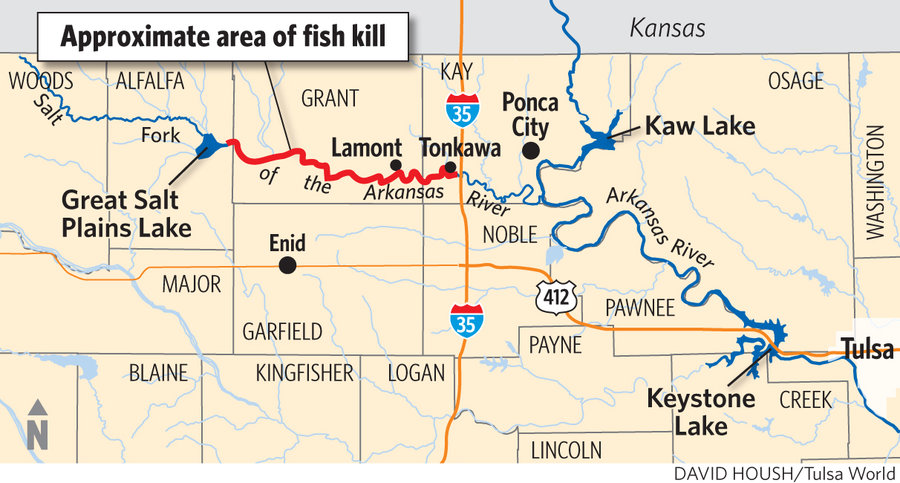OF THE
TIMES
I've had enough of someone else's propaganda. I'm for truth, no matter who tells it. I'm for justice, no matter who it's for or against. I'm a human being first and foremost, and as such I am for whoever and whatever benefits humanity as a whole.
Besides: without CO2 we won't have neither soda water nor champagne. :(
Would someone please read this to the "leaders" who keep trying to shut the world down because CO2.
There is no word on what caused the fire. I heard a small grey midget(?) was seen there carrying a bottle full of gasoline…
'salvage rigged elections and topple unsavoury regimes.' 'Ten months after the success in Belgrade' 'the Belarus hardman' The Guardian eh? It...
I think we could easily pick on driver's in pick up trucks. Either they are young guys acting tough or slow pokes that don't know how to use the...
To submit an article for publication, see our Submission Guidelines
Reader comments do not necessarily reflect the views of the volunteers, editors, and directors of SOTT.net or the Quantum Future Group.
Some icons on this site were created by: Afterglow, Aha-Soft, AntialiasFactory, artdesigner.lv, Artura, DailyOverview, Everaldo, GraphicsFuel, IconFactory, Iconka, IconShock, Icons-Land, i-love-icons, KDE-look.org, Klukeart, mugenb16, Map Icons Collection, PetshopBoxStudio, VisualPharm, wbeiruti, WebIconset
Powered by PikaJS 🐁 and In·Site
Original content © 2002-2024 by Sott.net/Signs of the Times. See: FAIR USE NOTICE

This is just downstream from an area that has high density fracking operations. It is also near the center of the area which recently experienced the first earthquake swarms in recent history. Coincidence?